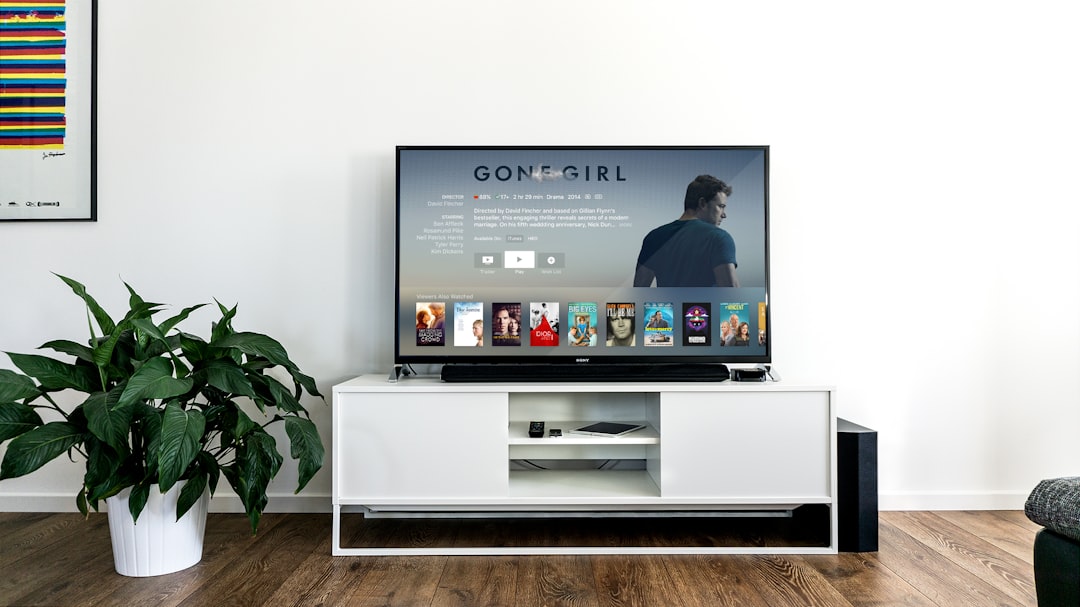As technology advances, so does its potential to improve the quality of life for individuals of all ages. In recent years, there have been significant innovations in TV technology specifically aimed at enhancing accessibility for the elderly population. These advancements not only make watching television easier for seniors but also contribute to their overall well-being and independence. Let's explore some of the key innovations that have revolutionized how the elderly experience TV content.
1. Large Text and High-Contrast Display
One of the most noticeable improvements in TV technology for elderly accessibility is the availability of large text and high-contrast displays. These features make it easier for seniors with vision impairments to read on-screen content without straining their eyes. The crisp and clear display ensures that they can enjoy their favorite shows without missing any details.
2. Voice Recognition and Control
Another game-changing innovation is the integration of voice recognition and control systems in modern TVs. This feature allows elderly users to operate their televisions using voice commands, eliminating the need for complicated remote controls. By simply speaking to their TV, seniors can change channels, adjust volume, and even search for specific programs effortlessly.
3. Audio Enhancement Technologies
For elderly individuals with hearing difficulties, TV technology now offers advanced audio enhancement technologies. These innovations help clarify dialogue and enhance sound quality, making it easier for seniors to follow along with the content. Some TVs even provide customizable audio settings to cater to specific hearing needs.
4. Smart TV Accessibility Features
Smart TVs have revolutionized the way we interact with television, and their accessibility features have greatly benefited the elderly. Functions such as screen magnification, closed captioning, and audio description options ensure that seniors can customize their viewing experience to suit their preferences and needs.
5. Simplified User Interfaces
Complex menu systems and navigation can be challenging for elderly users, which is why manufacturers have introduced simplified user interfaces in modern TVs. These user-friendly interfaces are intuitive and easy to navigate, allowing seniors to access and control TV functions with minimal effort.
6. Remote Control Design
Alongside advancements in TV technology, remote control designs have also evolved to enhance elderly accessibility. TV remotes with larger buttons, tactile indicators, and ergonomic shapes make it easier for seniors to operate their televisions comfortably. Some remotes even come with voice command capabilities for added convenience.
7. Integrated Support Services
Many TV manufacturers now offer integrated support services for elderly users, including tutorials, troubleshooting guides, and customer helplines. These resources ensure that seniors can easily set up and use their TVs without feeling overwhelmed or confused, fostering a more enjoyable viewing experience.
8. Health Monitoring Features
Some advanced TVs come equipped with health monitoring features that can benefit elderly users. These include functionalities like reminders to take medication, monitor vital signs, and even connect with healthcare providers in case of emergencies. By integrating health monitoring into TV technology, manufacturers are promoting the well-being of elderly individuals.
9. Personalized Recommendations
Personalized content recommendations are another exciting innovation in TV technology for elderly accessibility. By analyzing viewing habits and preferences, smart TVs can suggest programs that align with the interests of elderly viewers, helping them discover new shows and stay engaged with their favorite genres.
10. Connectivity with Other Devices
Modern TVs can now connect seamlessly with other devices like smartphones, tablets, and smart home systems, offering a more integrated entertainment experience. This connectivity allows elderly users to access content from different sources, control their TV remotely, and enjoy a more connected home entertainment setup.
11. Enhanced Security and Privacy Features
Security and privacy are paramount, especially for elderly individuals who may be more vulnerable to cybersecurity threats. TV manufacturers have implemented enhanced security features to safeguard user data and prevent unauthorized access, providing peace of mind to seniors while using their televisions.
12. Future Trends and Innovations
Looking ahead, the future of TV technology for elderly accessibility is promising. We can expect to see further advancements in artificial intelligence, virtual reality, and interactive content that cater to the unique needs and preferences of elderly viewers. By embracing these innovations, TV manufacturers are committed to creating a more inclusive and enjoyable viewing experience for seniors.
Experience the Future of TV Technology for Elderly Accessibility
The innovations mentioned above represent just a glimpse of the exciting changes happening in the world of TV technology for elderly accessibility. By embracing these advancements, seniors can enjoy a more personalized, engaging, and user-friendly television experience that enhances their overall quality of life. Stay tuned for more updates and explore the latest in accessible TV technology to transform the way seniors interact with their favorite shows.

